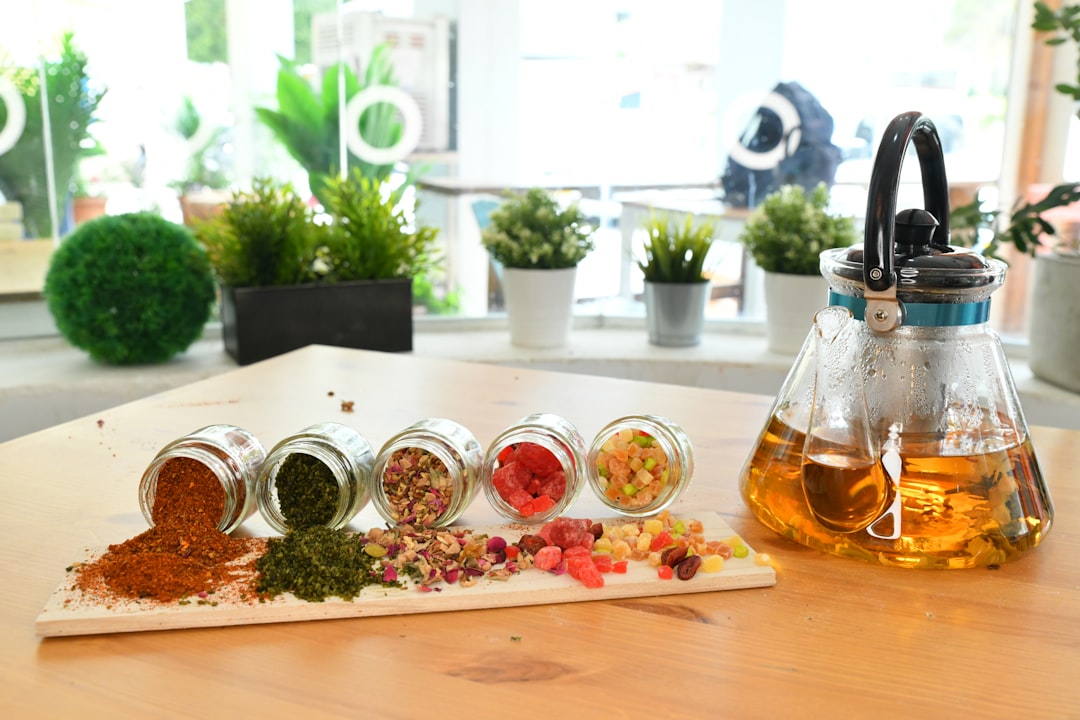What is it about?
Toxigenic strains of the bacterium Vibrio cholerae belonging to the O1 (or rarely O139) serogroup cause epidemics of cholera in many developing countries of Asia, Africa, and South America. These bacteria naturally exist In the aquatic environment, mostly in a dormant state often referred to as viable but non-culturable (VBNC), alternatively called conditionally viable environmental cells (CVEC) and this dormant state is assumed to allow survival of the bacteria in adverse conditions. These dormant cells resist cultivation in conventional bacteriological medium. However, prior to causing epidemics of cholera, pathogenic V. cholerae resuscitate in the aquatic reservoirs to the actively growing planktonic form, and can be grown in routine culture. In places such as Bangladesh where cholera is endemic, prevalence of toxigenic Vibrio cholerae O1 in aquatic reservoirs has been shown to increases coinciding with the occurrence of seasonal cholera epidemics. We demonstrated recently that bacterial signal molecules called autoinducers (AIs) enhance the conversion of the CVEC form to the planktonic form, and supplementation of culture medium with exogenous autoinducers enhances the resuscitation process under laboratory conditions. However, the mechanism involved in the periodic resuscitation of CVEC form in the natural habitat is not clear. Vibrio cholerae belonging to the non-O1 non-O139 serogroups which do not cause cholera are also abundant in natural waters, and they are also capable of producing autoinducers. In this study we characterized V. cholerae non-O1 non-O139 variant strains which overproduce an autoinducer AI-2, and found that the abundance of the cholera pathogen V. cholerae O1 in aquatic reservoirs correlates with an increase in such AI-2 overproducing non-O1 non-O139 strains. Our results suggest a probable role of these variant nontoxigenic strains in the environmental biology and epidemiology of toxigenic V. cholerae.
Featured Image

Photo by CDC on Unsplash
Why is it important?
Results of this study raise the possibility that under natural conditions, a subpopulation of V. cholerae non-O1 non-O139 strains which overproduce an autoinducer AI-2 might contribute to resuscitation of dormant toxigenic V. cholerae. Based on our findings, monitoring for AI-overproducing V. cholerae nonO1 nonO139 strains in the aquatic environment of cholera endemic areas, may lead to novel means for surveillance, prevention and control of cholera. Furthermore, the possibility that seasonal occurrence of cholera might depend on bacterial communication through autoinducer signals, may have implications in understanding the epidemiology and transmission of other waterborne bacterial disease beyond cholera as such.
Perspectives
Writing this article was particularly exciting because results of this study suggested that a phenomenon which was previously shown by us in laboratory experiments, i.e., autoinducer mediated resuscitation of CVEC, was possibly true in the natural environment as well, and presumably have significant implications in understanding cholera epidemiology. This article is expected to at least partially explain how bacterial communication in the aquatic ecosystem may influence the epidemiology of waterborne bacterial pathogens, and provide impetus for further studies in this topic, since this knowledge may have practical applications in predicting and controlling cholera and perhaps certain other waterborne bacterial infections.
Professor Shah Faruque
Independent University, Bangladesh (IUB)
Read the Original
This page is a summary of: Environmental prevalence of toxigenic Vibrio cholerae O1 in Bangladesh coincides with V. cholerae non-O1 non-O139 genetic variants which overproduce autoinducer-2, PLoS ONE, July 2021, PLOS,
DOI: 10.1371/journal.pone.0254068.
You can read the full text:
Contributors
The following have contributed to this page










